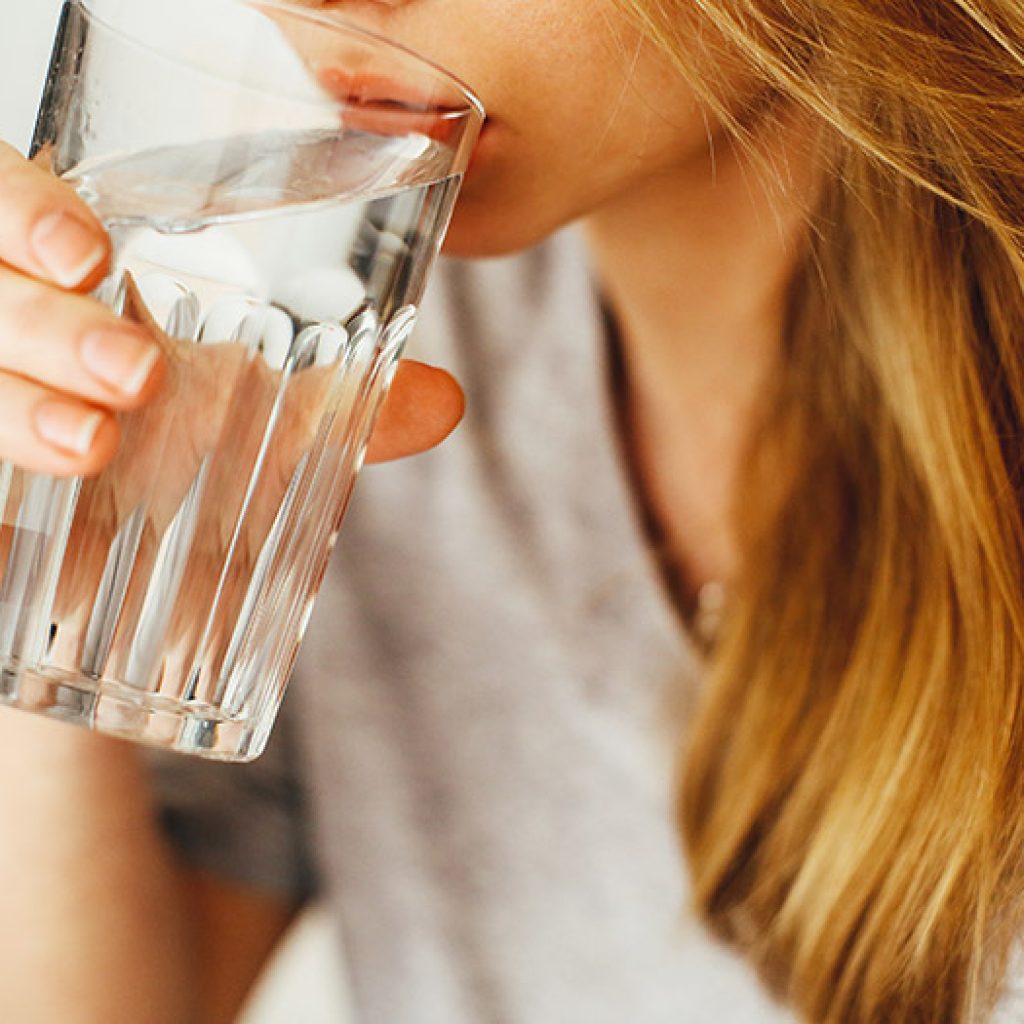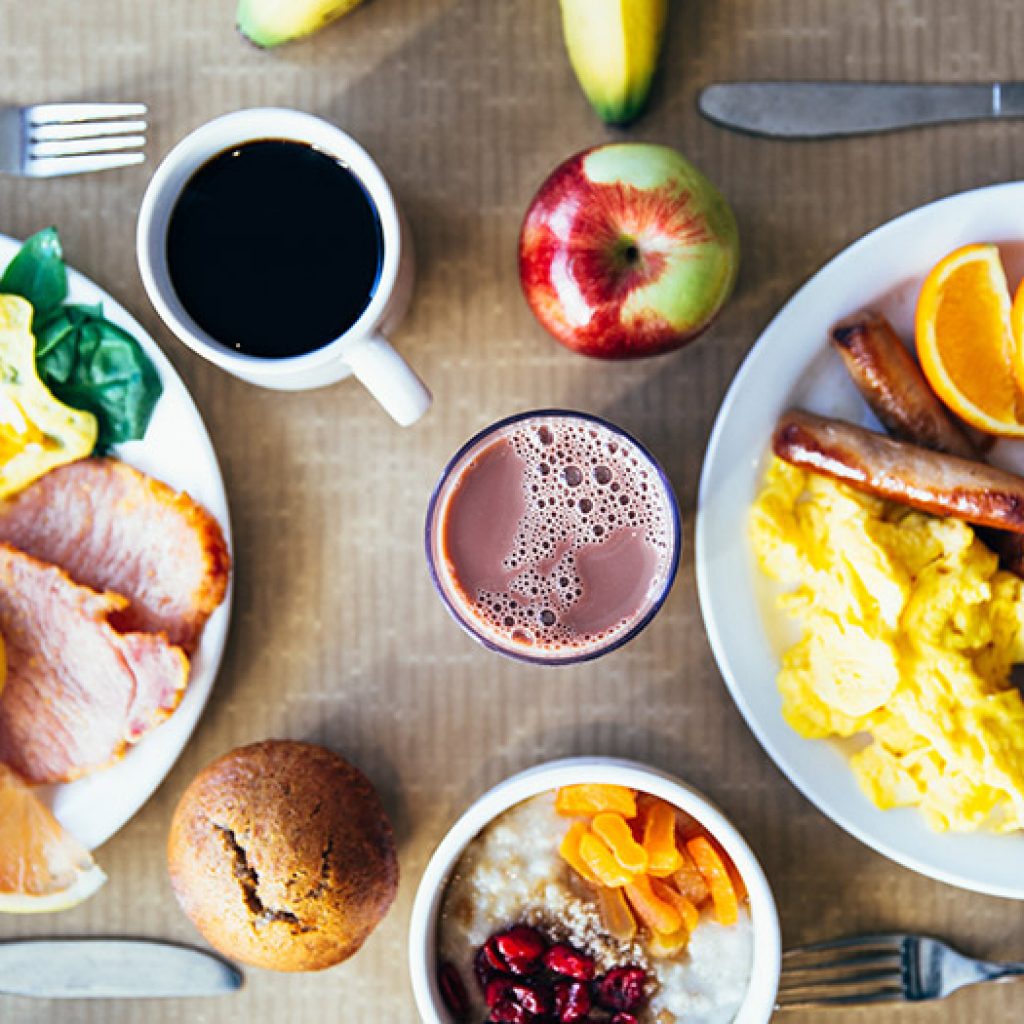Tips for a Healthy Diet and Active Lifestyle
It has long been said that “you are what you eat”; following through on this mantra and combining it with an active lifestyle is guaranteed to reap huge health benefits. You are likely as busy as the next person with your daily responsibilities; sometimes, this means that you don’t get to care for yourself as often as you would like. This article is intended to facilitate self-care, because an active lifestyle and healthy diet have the ability to extend your productive years.
How Much Food Should You Eat?
You’ve probably heard the saying that abs are made in the kitchen, right? Well, although you may not be overly-concerned with how flat you can make your abdominal muscles, there’s a lot of merit to the general point: a healthy diet and active lifestyle is promoted by the food you eat.
First and foremost in any diet program is portion control; the calories from the food you eat will be stored as extra fat if you consume more than you get rid of each day.
Because of the average size difference between genders, men have a daily recommended caloric intake of about 2500 calories (in order to maintain weight), and women have a daily recommended intake of 2000 calories. There is, of course, a wide range of variation here depending on your particular metabolic rate, age and starting weight. You may actually find that you need more calories than the average if you have an especially active lifestyle.
The second-most important aspect of caloric intake is that you should be getting it from a wide range of foods; this ensures your body is receiving the essential minerals, vitamins and nutrients it needs to function optimally.
The Basics of a Healthy Diet
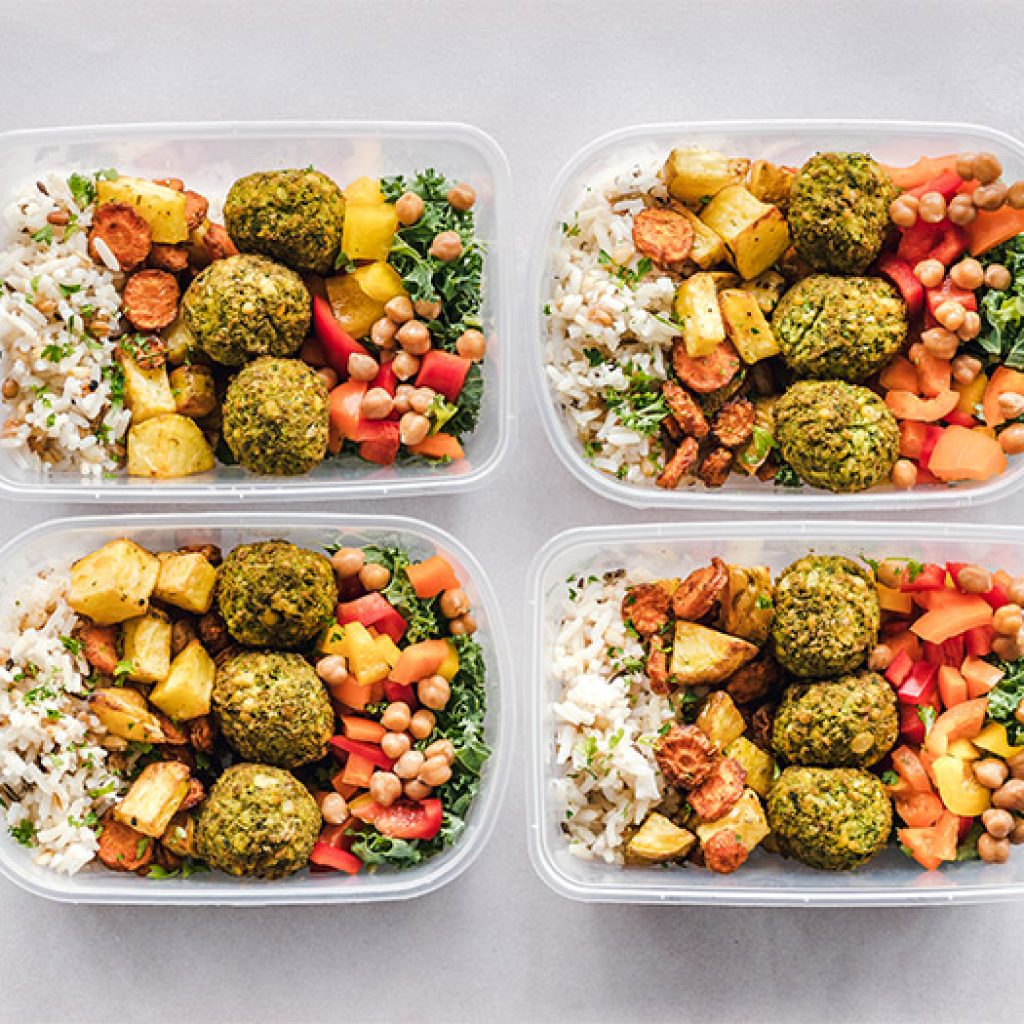
Because of the over-emphasis on weight loss that is sometimes promulgated by the media, people tend to avoid carbohydrates. This is ill-advised; you should be getting about one-third of your calories from starchy carbohydrates such as brown rice, potatoes (skin on), cereal grains and fortified pastas. Since fiber is essential for gut health, and it also helps make you feel full longer, try and add in grains that naturally have a lot of fiber. Potatoes, with the skin on, is a good example of this.
Here’s a tip from veteran healthy diet experts: be mindful of adding a starchy food to each meal you eat during the day, so that you can be certain of receiving enough fiber and energy. Without the carbs, your body will start to crave the fattening carbs (sugar, high-fructose corn syrup, etc) later.
A Healthy Diet Plan Has Fruits and Vegetables
Truly, fruits and veggies are nature’s gift to humans. As such, it is recommended that you get these 5 daily servings of these low calorie, vitamin and nutrient-filled foods every single day. Although 5 servings may sound like a lot – the trick is incorporating them into every single meal in your healthy diet plan. For example, if you eat good grains such as oatmeal for breakfast, don’t hesitate to put some banana slices over it. If you make your own fruit juices, it becomes even easier – oranges or tangerines, mixed without any added sugar, can get you well on your way to fulfilling your daily value.
As for vegetables, depending on your palette, you may find that protein shakes help you get what you need. Blend spinach, kale, or some other leafy green vegetable with a couple of scoops of pea protein – and you’re all set. If you prefer to get your veggies from straight food, then you can opt for the canned variety, or prepare a meal that is centered on the green superfood.
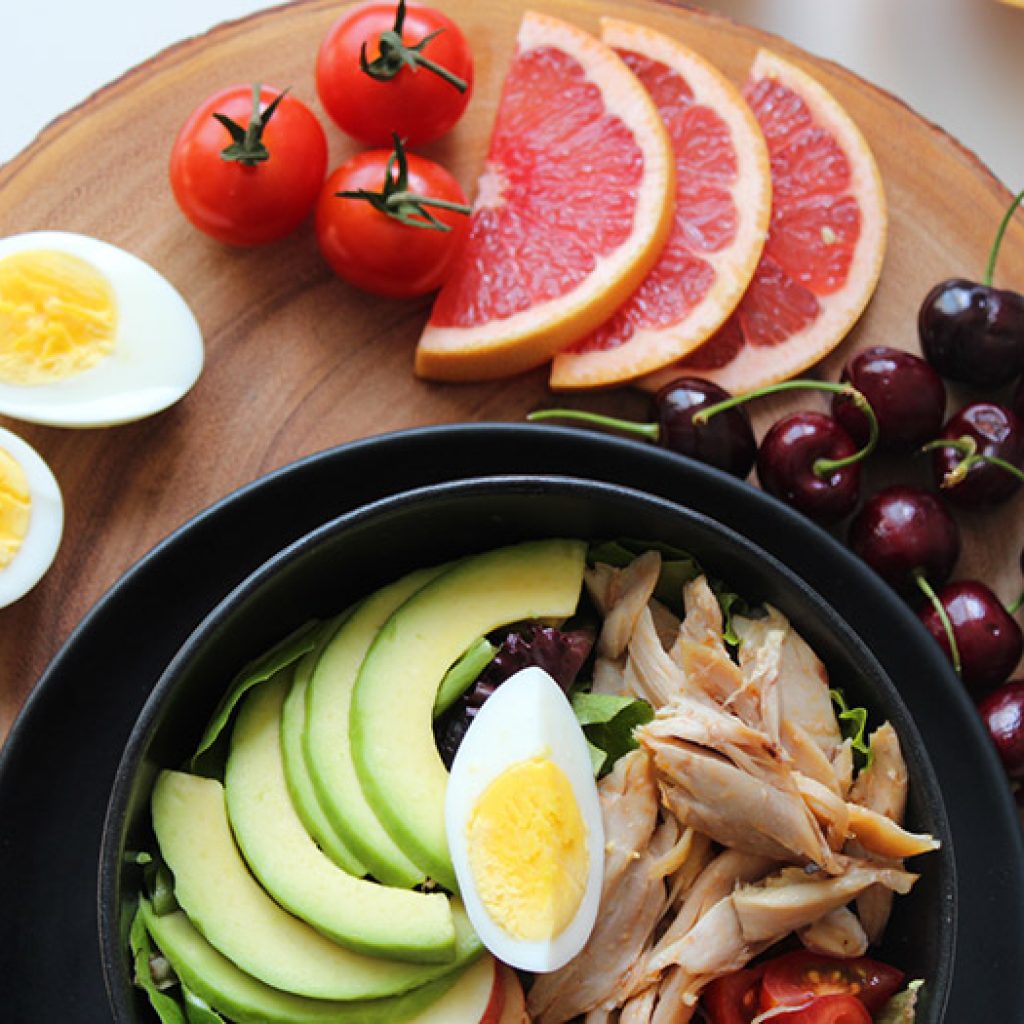
Protein: An Essential Element of a Healthy Diet Menu
Although we mentioned protein shakes previously, most people tend to want their protein from traditional food sources. As such, you really cannot get much better than scaled fishes like trout, mackerel, sardines, salmon and herring for the oily fish that fortifies your body with the essential Vitamin E and omega-3 fats.

Similarly, you may favor non-oily fishes such as cod, tuna, plaice or hake. Although fish comes canned, be wary of the high sodium content in most of these. You do not want more than about 2 grams of salt per 100 grams of meal, which translates to a rough average of fewer than 2300 mg of sodium per day for the adult. Omega-3 fatty acids are suspected to help stave off heart disease, whereas excess sodium is known to raise blood pressure – which is linked to the development of heart disease. You don’t want to lose your healthy diet gains by consuming too much sodium.
The Elements of an Active Lifestyle
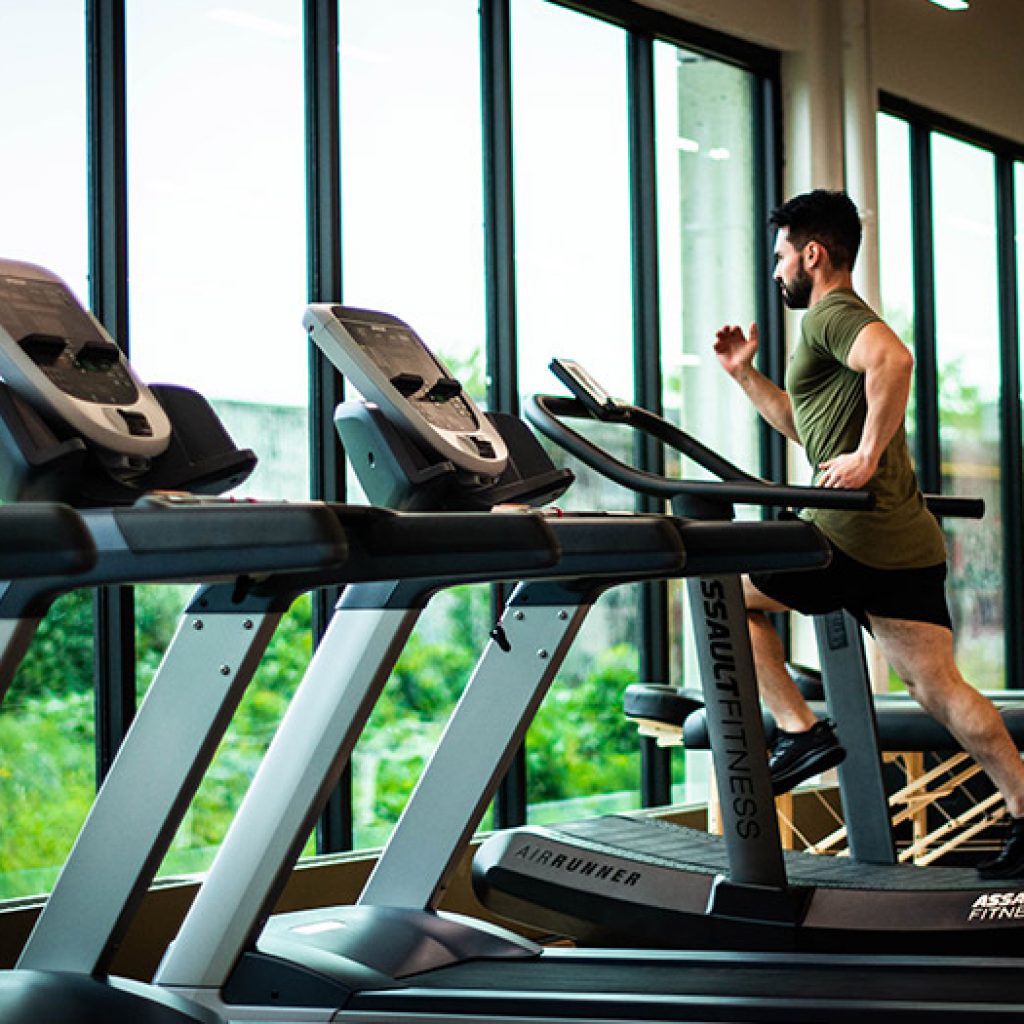
Once you’ve got your healthy diet squared away – there’s little reason not to engage in an active and healthy lifestyle, too. Together, these are the two most reliable factors (for the general population) in reducing your risk for serious health conditions.Many health issues – including the leading causes of death – can be tied to obesity. For example, some cancers, Type II diabetes and stroke are all often caused by poor diets coupled with genetic predispositions. It’s important to note that it swings both ways, in fact: if you are too underweight, you could also be in serious jeopardy of health afflictions.
The overall point of having an active lifestyle is to burn off the surplus calories that lead to weight gain, which then potentially leads to illnesses. The healthy eating ideas listed earlier in this article are to ensure you have a balanced diet, so that your body has the necessary fuel to sustain the active lifestyle. Many of the nutrients, vitamins and minerals contained in the range of foods that constitute a healthy diet plan are essential to post-workout recovery and muscle-building.
Hydration is Essential to a Healthy Diet and Active Lifestyle
Water is literally the liquid of life; as such, staying hydrated should be of central importance throughout the day. In addition to the fluids you get from the foods that you eat; you should try and get up to eight 8 oz. glasses of water per day. This has the added benefit of limiting your sugar intake from drinks such as soda and sugary fruit drinks, since there’s not that much space left after 8-10 glasses of H2O!
As such an important change in your life, you would see the benefits of an active lifestyle almost immediately. Couple this with a healthy diet plan and menu, and you have just, effectively, granted yourself a new lease on life.
